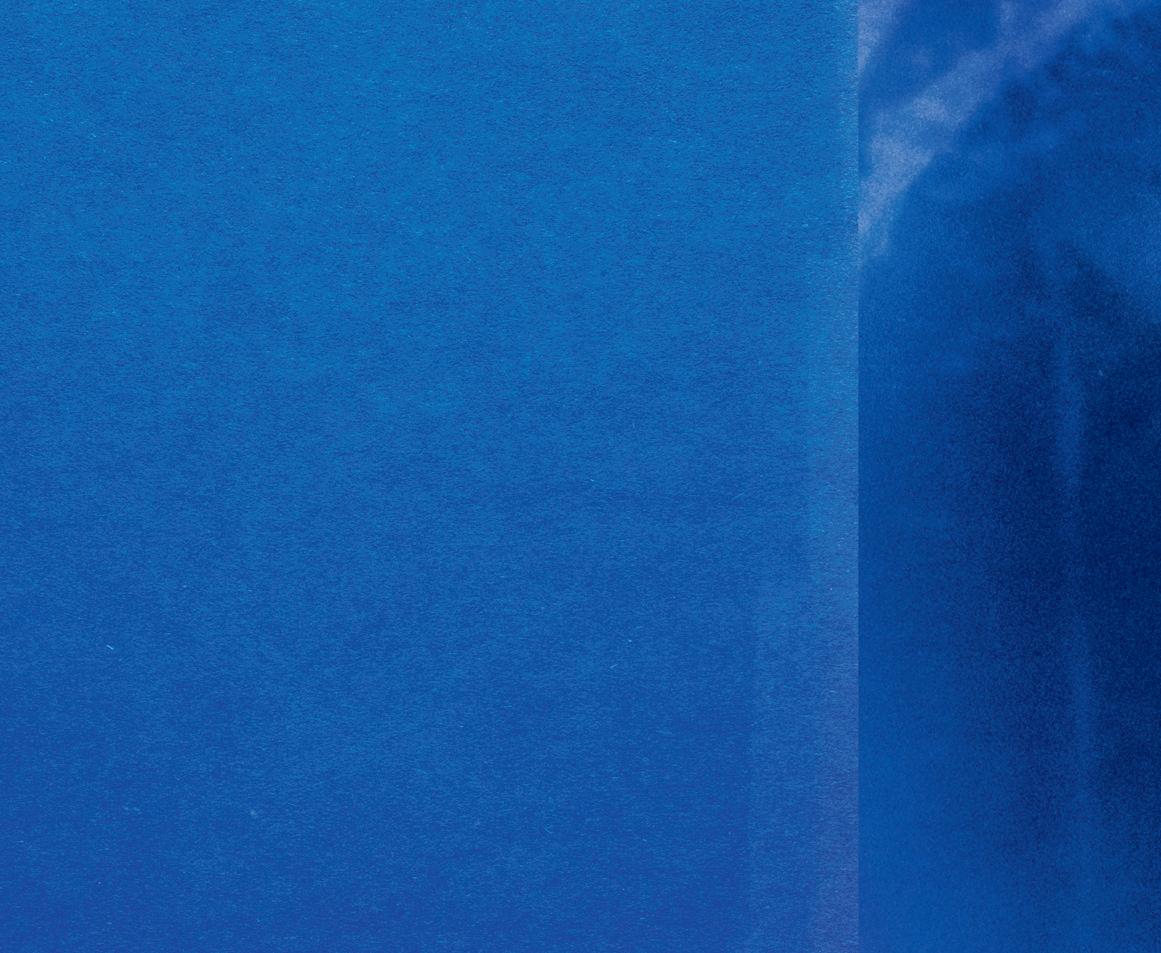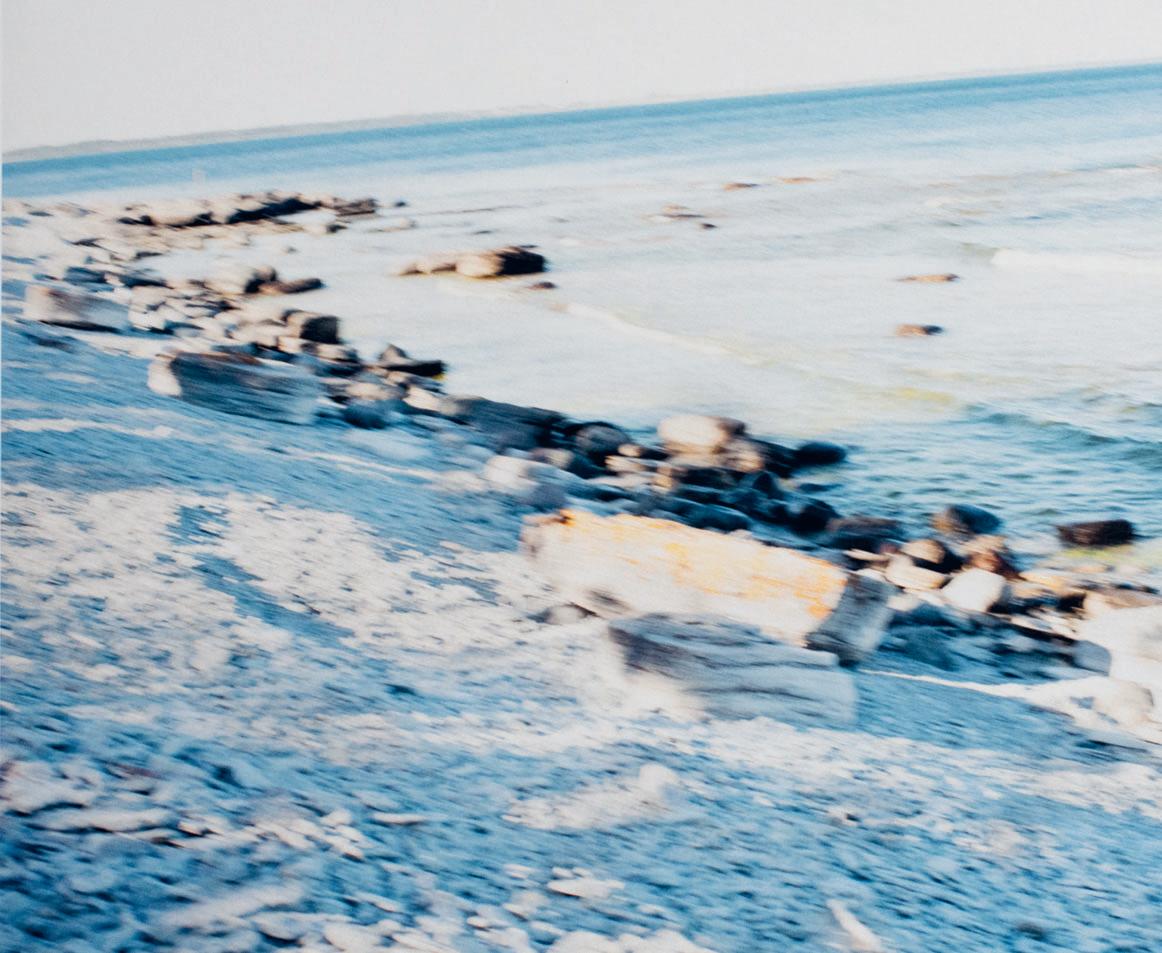
Hammars, 2015
Sought myself, found the Island. A wild and rocky pile of land facing the Baltic Sea. Windswept tangled vegetation that grows low to the roots. Still looking for mine.
I was looking for home, and at the very core of it solitude. The kind that is earned over time, which passed when I left.
A strange uncompromising attraction, so I return over and over. The Island forces me to revisit memories, dreams, fears, shortcomings. In silence, time expands. There is a chill in the air and the ocean is waiting, a mirror.
Florence Montmare
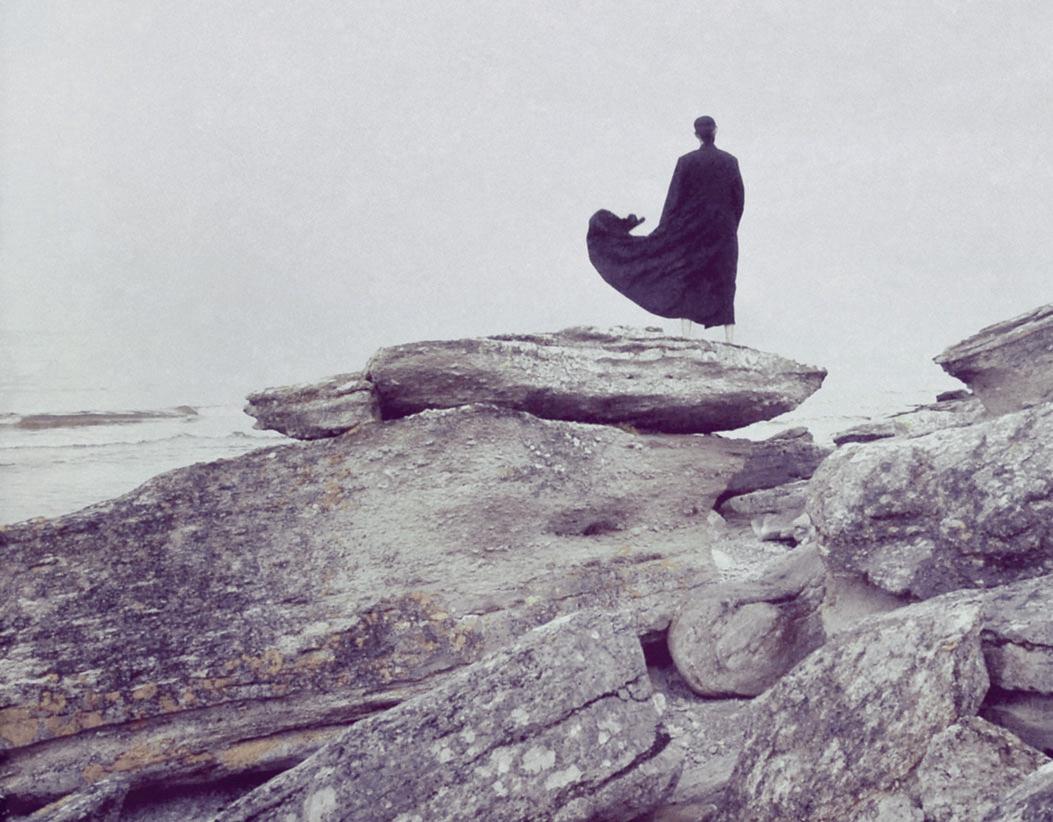
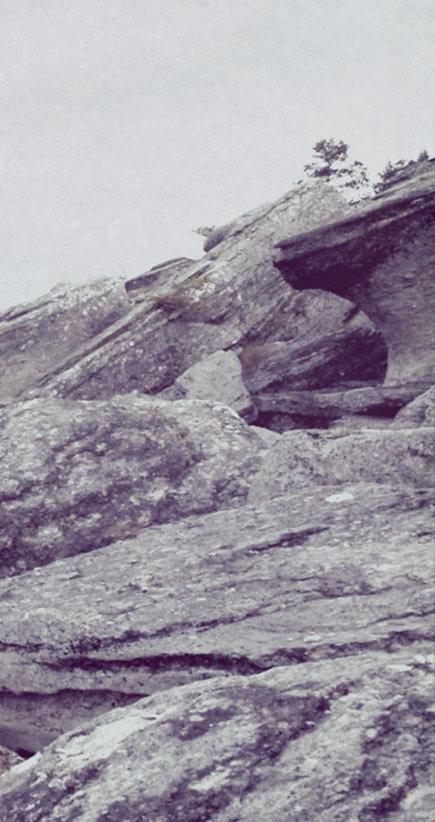
The yellow ferry named Bodilla swiftly approaches the island. During the short journey we stand together at the bow, sharing a tingling sense of joyful anticipation.
Once off the ferry, we soon leave the main road and take a right onto the more scenic, slower path to the house. I notice we don’t speak much, but instead we allow our senses to soak up the scents and impressions.
During this silence, I suddenly recall an intimate conversation I had with my father many, many years earlier. I was invited to spend a couple of days at his house in Hammars together with my girlfriend at the time. The house had recently been built and was quite comfortable. We were to stay in a separate guest wing and were left to our own devices with a great degree of privacy. Everything was set up for the perfect romantic stay on the island, and we rejoiced with anticipation of the visit. However, my father ended our conversation with a word of wisdom, or perhaps word of warning if you will.
“You see, Lill-Ingmar, stuff happens on this island ‘sörru’ [ya’see]. It’s bloody remarkable ‘sörru’, if you get to this island while involved in a relationship, which may be a bit rough and rocky, you can bet your sweet bippy that the serious breakdown is lurking around the corner.”
“I can’t say for sure why this is the case,” he continued. “Maybe it’s the silence, the bright light reflected by the limestone, the weathered broken rocks, the sea, the wind, and the wind-battered crouching pines. All these things speak straight to your soul and magnify your feelings and insights. What has been swept under the carpet, all those piles of dust, come to light. It is as merciless and painful as ripping off a band-aid.”
Fifty years, several relationships and island stays have passed since we had this conversation, and I can only conclude that the old man, my father, was right. As my wife and I now mindfully cruise through the unique landscape in silence, I can only affirm that fortunately, his theory also applies in reverse.
Ingmar Bergman Jr.
Evocatively beautiful, hauntingly isolated, poetic and spiritual, strangely abstract while startlingly real, the photographs of Florence Montmare have layers of meaning that defy exact analysis. They are taken on the island of Fårö, northeast of Sweden’s largest island, Gotland, in the Baltic Sea.
It is a place of mystery and isolation that was the home of Ingmar Bergman, one of the greatest filmmakers of all time. Bergman’s Scandinavian angst as well as images of his greatest films - Fanny and Alexander, Persona, and Cries and Whispers in particular - were an essential and often terrifying part of Montmare’s childhood, “fed to us with mother’s milk.”
Another film influence on Montmare was the work of Andrei Tarkovsky, the important and vastly influential Russian director and screenwriter. The impact of Tarkovsky’s spiritual and metaphysical themes and visual imagery on Montmare’s photographs is obvious. She works with the dreamlike space of her Swedish childhood, where land meets water, a land that is barren and remote, stark, harsh, and poetic.
Later in her photographic development, Montmare was profoundly influenced by the collaged layering of Deborah Turbeville’s photographs. A groundbreaking fashion photographer, Turbeville’s work drew on her extensive knowledge of film, art and literature to convey the opulent style of times past using backdrops of now-abandoned palazzos, mansions and conservatories. Turbeville wrote that she strove to create work filled with originality and unexpected surprises, an ambition equally expressed in Montmare’s photographs in this book.
Florence Montmare is an artist with her own unique voice. It is a voice that speaks to us of the profundities of life: darkness and light, isolation and quietude, magical and actual, contemplative and creative. In this work she has bared her soul, creating photographs that speak not only to her inner reality but also to the profundities of life itself.
Nancy Hall-Duncan

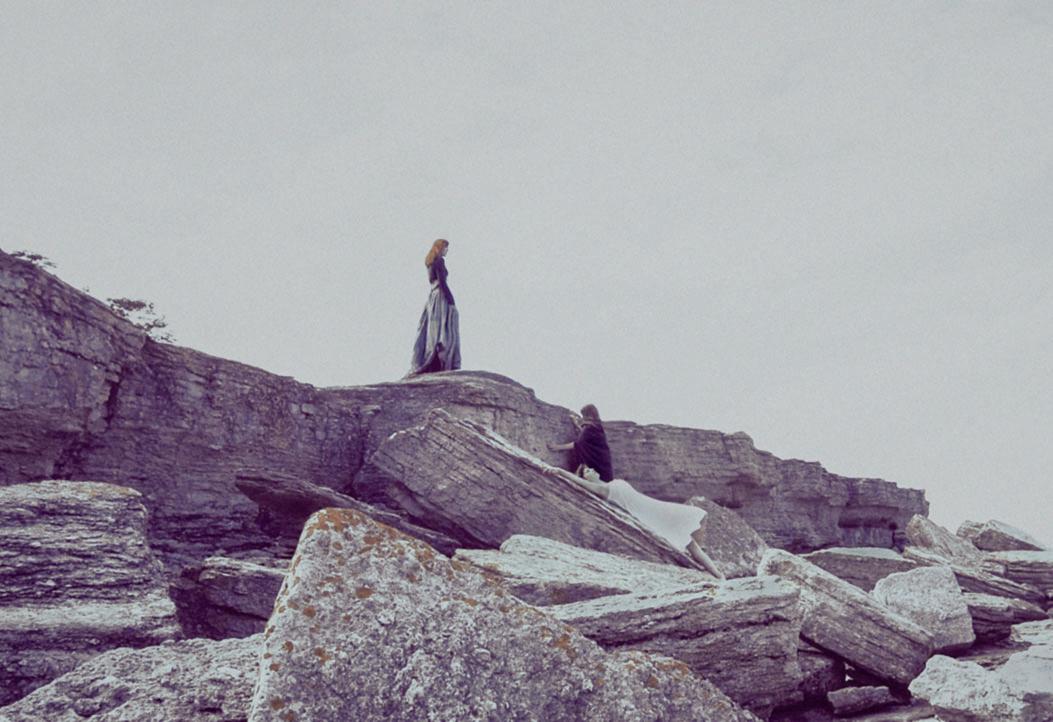
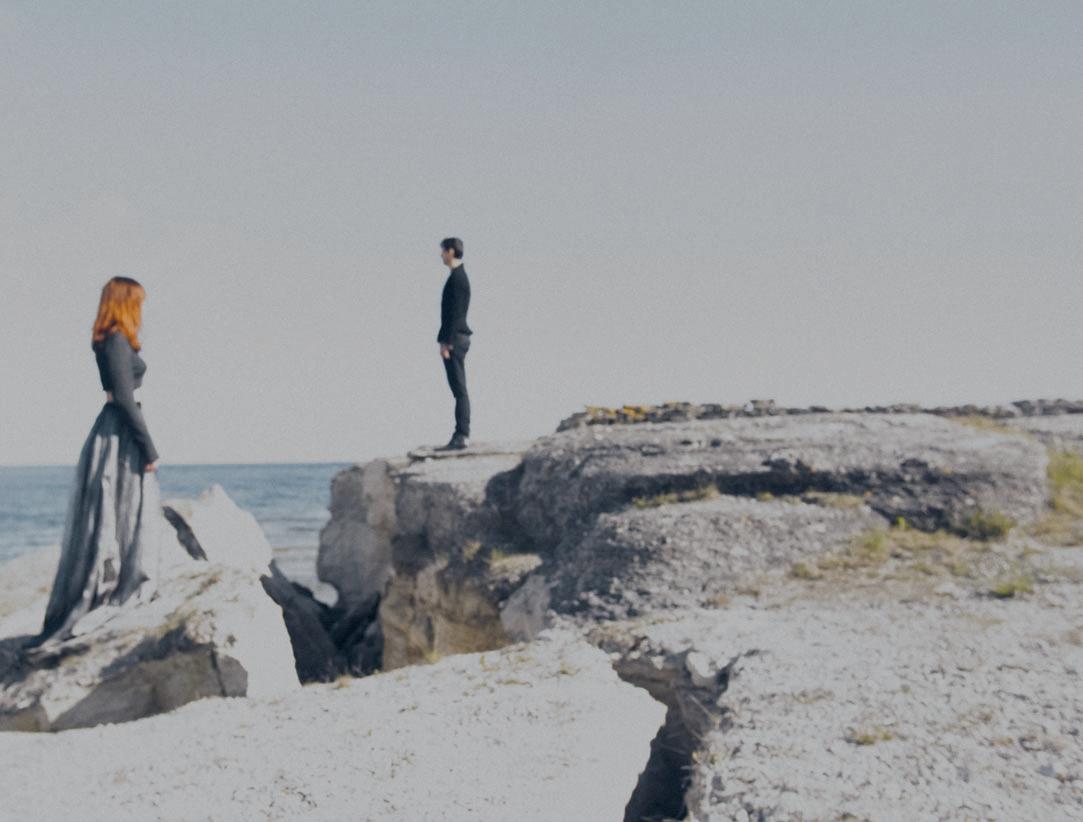
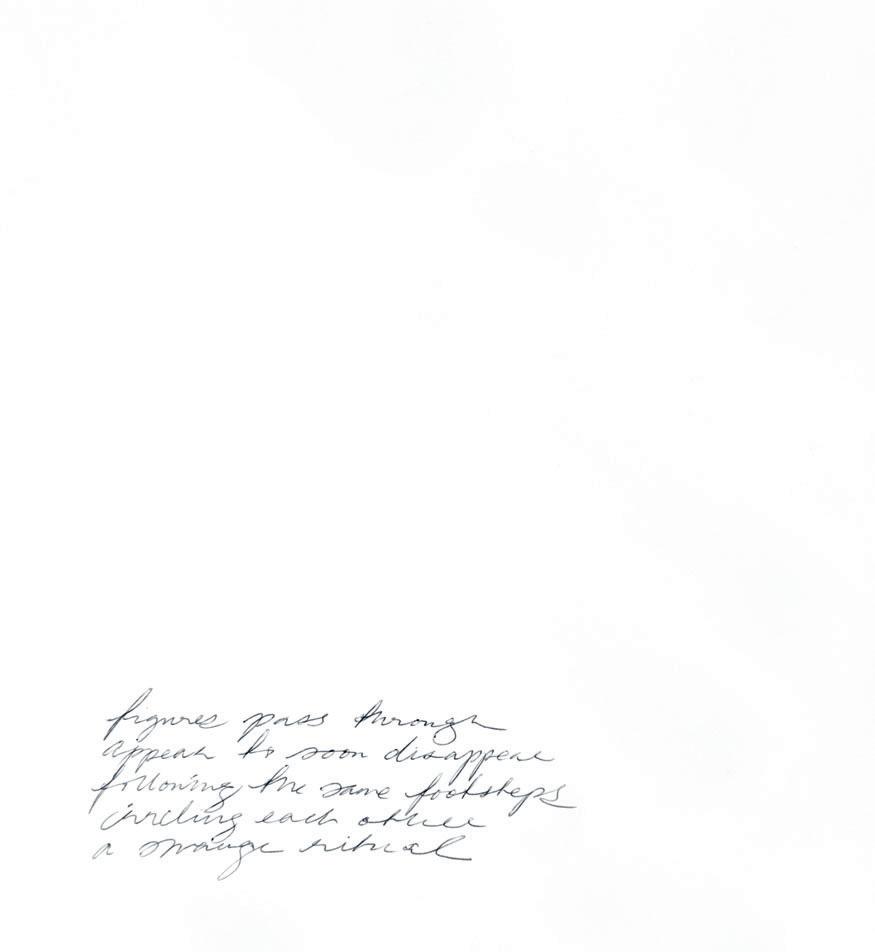

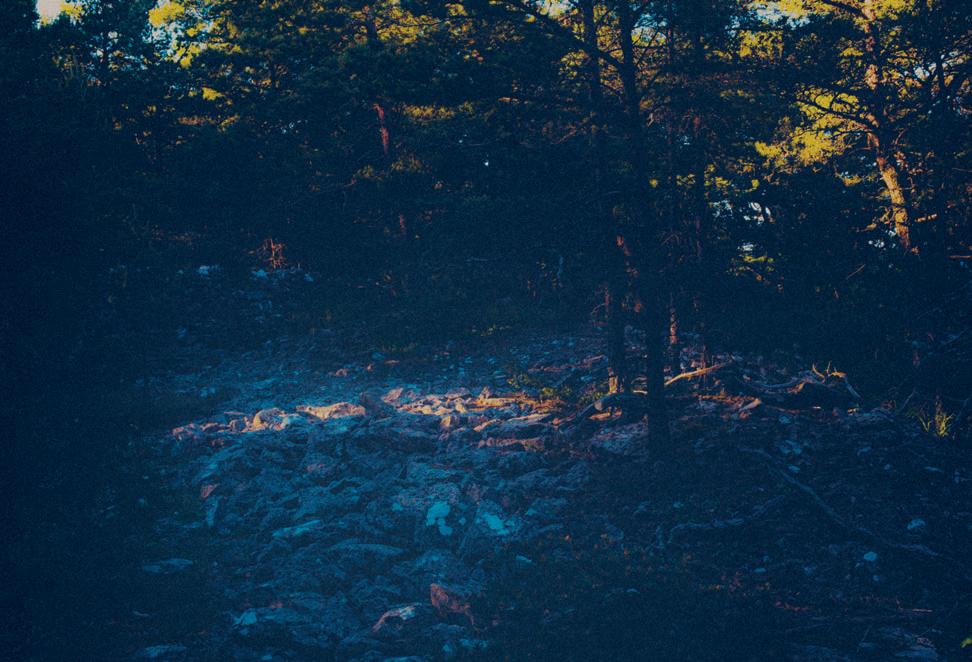
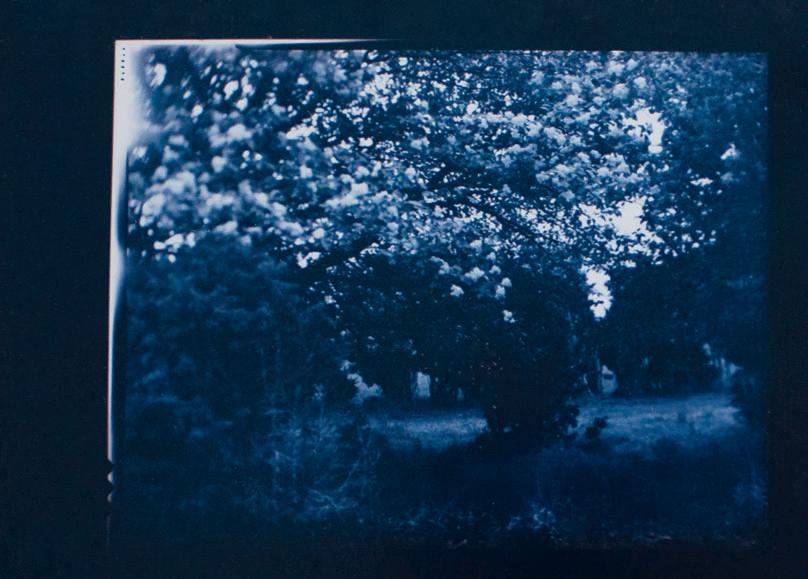
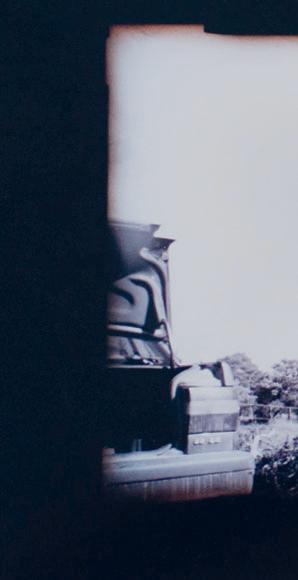

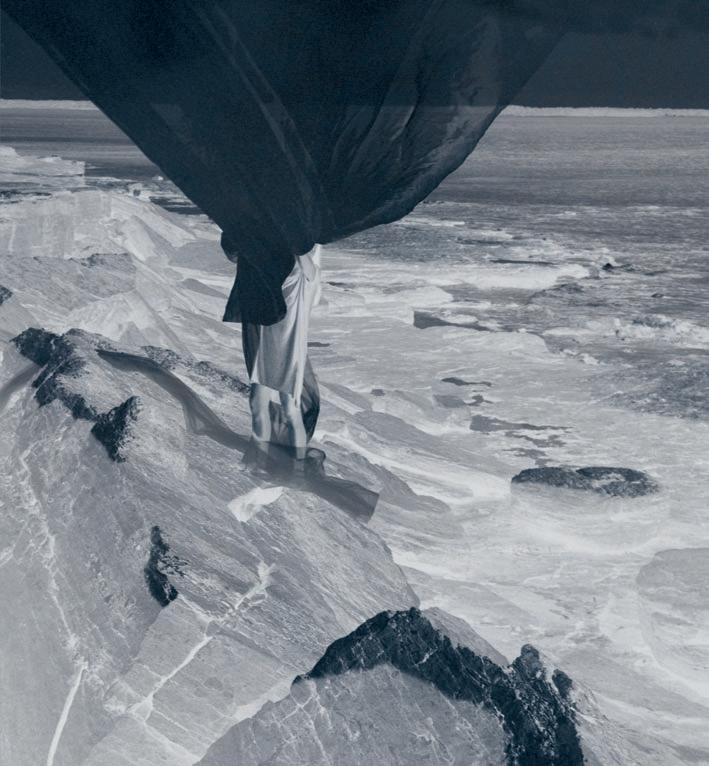
see the foundation burn it always burns spills out and over bleeds lavishly like the sea
